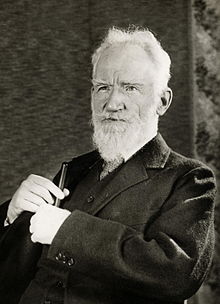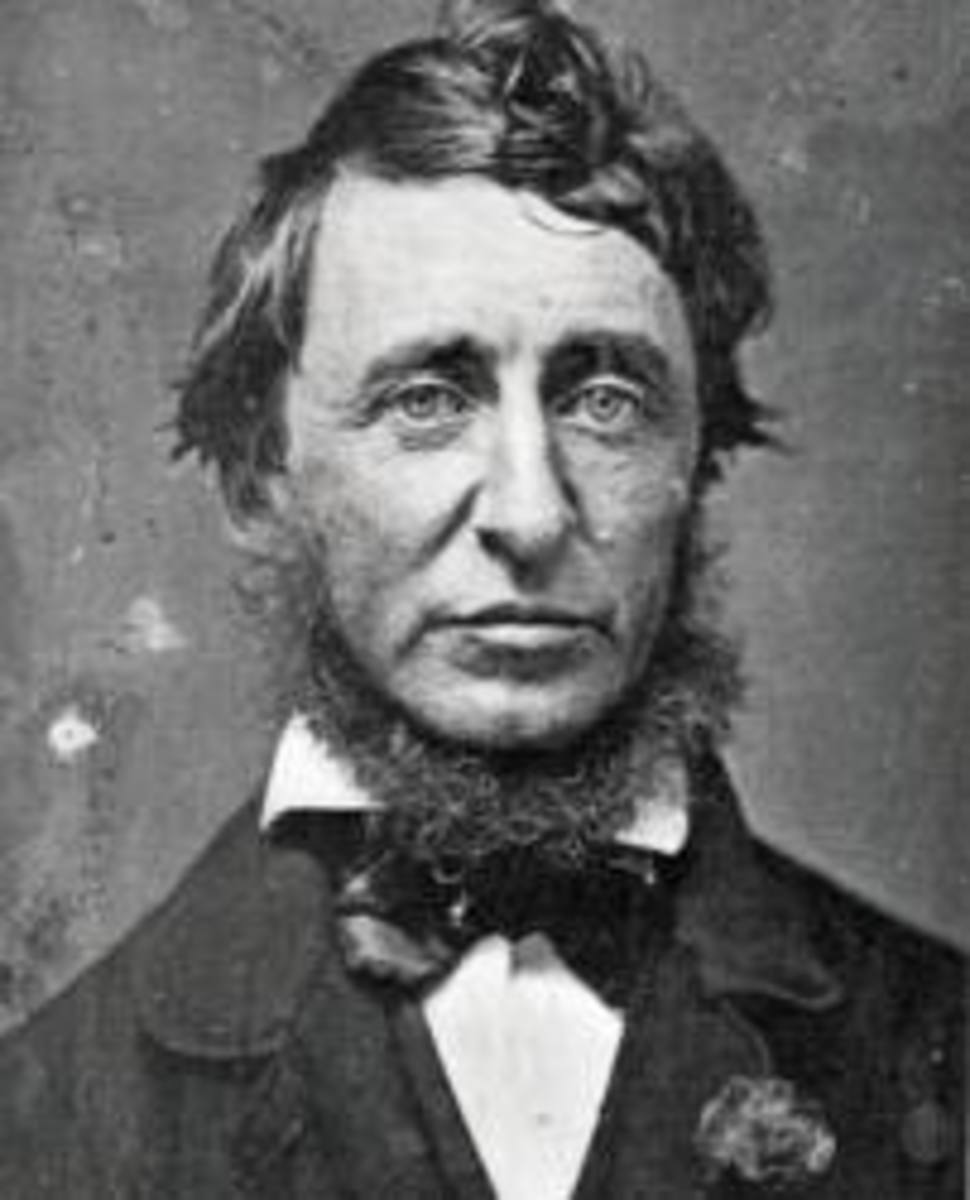"Analysis of Bernard Shaw's 'Candida' " (Part 4)
George Bernard Shaw

Teilhard de Chardin

Stephen Jay Gould

The Merit of "Creative Evolution"
Do you believe Shaw's concept of "creative evolution" has any merit?
Shaw's "Creative Evolution"
Theme #3—creative evolution—stands as one of the most provocative concepts in Shaw’s arsenal. Before this section discusses its contribution to Candida and to Man and Superman, it appears necessary to cite Nelson’s clear, concise delineation of this philosophy. Asserting that all religious men serve the Life Force--the active, purposeful power, “silently fulfilling itself,”-- Nelson deduces that mankind is its best experiment so far, but not its last.
Adopting Pierre Teilhard de Chardin’s speculative “vision of reality which reconceptualizes traditional Christian dogmas in terms of an all-inclusive evolutionism” (Gundry and Johnson 56), a belief that mankind would one day make an evolutionary leap into a higher consciousness (the Omega Point) where he would achieve Godhood—a quantum leap, one might say—he declares that Man, indeed, has a glorious future.
The Life Force continually “improves itself through self-struggle, a process whereby it turns in upon itself again and again until higher and better kinds of life emerge” (xii). This religious perspective finds further support from the late Stephen Jay Gould, a Marxist biologist who postulated the position known as “punctuated equilibrium.” Punctuated equilibrium describes “a class of theories that view evolutionary history as a series of periods of stasis interrupted by relatively abrupt change” (Noebel 281). Both Gould and de Chardin speak of “a leap” and “abrupt change”; both concepts suggest something far more powerful than mere Darwinian incrementalism.
The Pre-Raphaelitism of Candida lends itself perfectly to this view. As discussed earlier (Part 1), the playwright combined both the art movement and the social and religious phenomena that he saw was also gaining ground—Christian Socialism and Anglo-Catholicism—under the term “Pre-Raphaelite.” These forces he put at loggerheads as the thesis and antithesis of the Hegelian dialectic. Reverend James Morell occupied the respectable, middle-class role of crusading social reformer—capable, articulate, popular. On the other hand, Eugene Marchbanks, a budding poet of the nineties, expressed a virulent “hostility to literature with a social purpose” and “contempt for middle class art, manners, and morals” (Crompton 32). He espoused a philosophy of love, not social action. He felt that Candida needed truth, not “sermons, stale perorations, mere rhetoric.” In his attempts to reason with Marchbanks regarding socialism’s benefits, Morell expresses the very essence of his pre-Raphaelite view: “You will be one of the makers of the Kingdom of Heaven on earth; . . . for don’t think, my boy, that I cannot see in you, young as you are, promise of higher powers than I can ever pretend to. I well know that it is in the poet that the holy spirit of man—the god within him—is most godlike” (Nelson 35-36).
Candida, however, enters the picture. Operating with an independent spirit and eschewing societal handcuffs, she represents the synthesis of the evolving pre-Raphaelitism. As the catalyst, she shatters the love triangle by “teaching marital realities to the husband and common sense to the poet” (Berst 42). One critic summarizes his view of Candida, averring that Shaw’s play represents “the expression of the genuine religious impulse which lies at the heart of all great art. It is a faithful representation of twentieth-century faith and life. For Shaw has in Candida expressed the one religion which, he says, exists and flourishes in a hundred contemporary forms—the religion of Creative Evolution” (Nelson xi). Shaw has dramatized the “early steps in the development of the human race as he believes it is occurring in contemporary society” (xiii). Cooperating with the Life Force, its title character sends the course of evolution in the right direction.
As one of the themes about which Shaw wrote most passionately, creative evolution appears in other Shavian plays. In Man and Superman, its power asserts itself in the relationship between Jack Tanner and Ann Wakefield. Jack thinks that he cannot avoid his marriage to Anna because he is in the grip of the Life Force. He acquires this belief from his experience as the dreamer in Act III. Stanley Weintraub describes Don Juan’s encounter with the inevitability of the Life Force, the “universal creative energy, of which the parties are both the helpless agents, which overrides and sweeps away all personal considerations, and which throws potential sexual partners into one another’s arms at the exchange of a glance” (xiii). While Candida cooperates willingly, Jack can do nothing but submit to the will of creative evolution.
© 2015 glynch1





